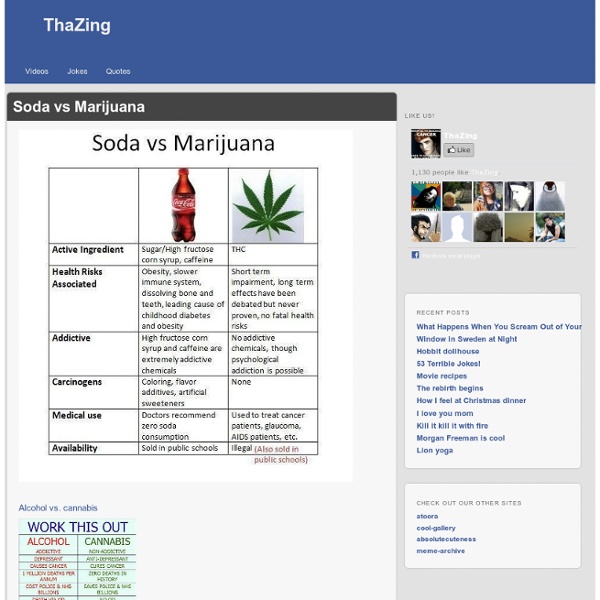



How to Hunt Elephants MATHEMATICIANS hunt elephants by going to Africa, throwing out everything that is not an elephant, and catching one of whatever is left. EXPERIENCED MATHEMATICIANS will attempt to prove the existence of at least one unique elephant before proceeding to step 1 as a subordinate exercise. PROFESSORS OF MATHEMATICS will prove the existence of at least one unique elephant and then leave the detection and capture of an actual elephant as an exercise for their graduate students. COMPUTER SCIENTISTS hunt elephants by exercising Algorithm A: Go to Africa. EXPERIENCED COMPUTER PROGRAMMERS modify Algorithm A by placing a known elephant in Cairo to ensure that the algorithm will terminate. ASSEMBLY LANGUAGE PROGRAMMERS prefer to execute Algorithm A on their hands and knees. DATABASE ADMINISTRATORS do not need to go out and capture elephants when they can retrieve them simply with an ad hoc query: STATISTICIANS hunt the first animal they see N times and call it an elephant.
Science Can Neither Explain Nor Deny the Awesomeness of This Sledding Crow - Alexis Madrigal - Technology Before we talk, you need to watch the video above. It's just one minute and 24 seconds. You'll observe a crow (probably a 'hooded crow') pick up the lid to a jar, set it down on the apex of a snow-mottled roof and slide down one side, carefully keeping its feet on the lid until it gets to the bottom. Then it picks up the lid, flies back to the apex, tests out another face of the roof, finds it lacking, returns to the original position, and slides down again. It is a remarkable demonstration of the intelligence of the crow, which sits on a smart branch in the animal tree within the family Corvidae. I wanted to know if there was a greater significance to this video and this amazing bird. Across the phone line, I heard Kamil gamely open his email and begin to watch the video. Then I started my questioning. Kamil demurred. "It is in keeping with the general reputation of corvids," Kamil told me. There are two problems with making much of the video.
Silent disco maps - StumbleUpon home page Down to: 6th to 15th Centuries | 16th and 19th Centuries | 1901 to World War Two | 1946 to 21st Century The Ancient World ... index of places Aegean Region, to 300 BCE Aegean Region, 185 BCE Africa, 2500 to 1500 BCE Africa to 500 CE African Language Families Alexander in the East (334 to 323 BCE) Ashoka, Empire of (269 to 232 BCE) Athenian Empire (431 BCE) China, Korea and Japan (1st to 5th century CE) China's Warring States (245 to 235 BCE) Cyrus II, Empire of (559 to 530 BCE) Delian League, 431 BCE Egyptian and Hittite Empires, 1279 BCE Europe Fertile Crescent, 9000-4500 BCE Germania (120 CE) Greece (600s to 400s BCE) Gupta Empire (320 to 550 CE) Han China, circa 100 BCE Hellespont (Battle of Granicus River, 334 BCE) India to 500 BCE Israel and Judah to 733 BCE Italy and Sicily (400 to 200 BCE) Judea, Galilee, Idumea (1st Century BCE) Mesopotamia to 2500 BCE Mesoamerica and the Maya (250 to 500 CE) Oceania Power divisions across Eurasia, 301 BCE Roman Empire, CE 12 Roman Empire, CE 150 Roman Empire, CE 500
Quiet Party Quiet Parties (also known as Silent Parties and as Silent Dating parties) are nightclub events where participants socialize by writing notes to each other instead of speaking. The single rule at these events is "no talking." History[edit] The concept is believed to have been created in 2002 by artist Paul Rebhan and musician Tony Noe, two friends who visited several bars in New York City in an attempt to have a conversation, only to find they could not hear each other speak at any bar because of loud music and loud talking. This experience prompted them to invent the concept of 'silent nightclubbing'. The first Quiet Party probably occurred in October, 2002 in New York City, and spread to other cities including San Francisco, Washington, Houston, Paris, London, Berlin, Barcelona and Beijing. Quiet Parties arrived as one of the first of a new wave of unorthodox social activities of the early 2000s that merged elements of traditional party promotion with aspects of performance art.